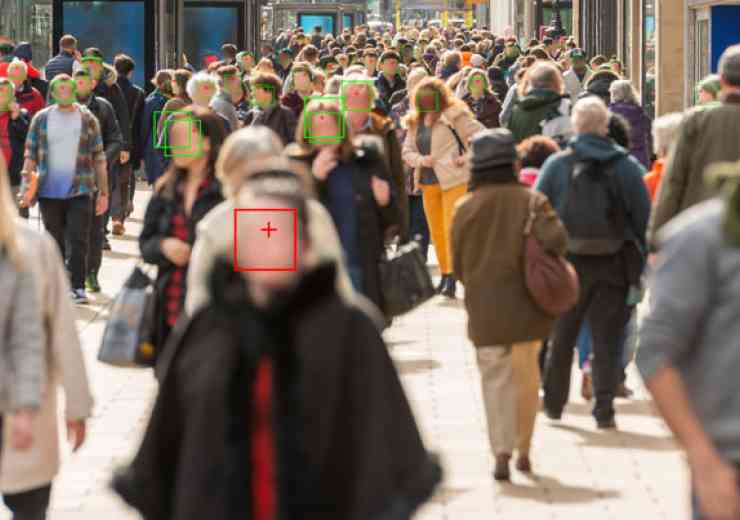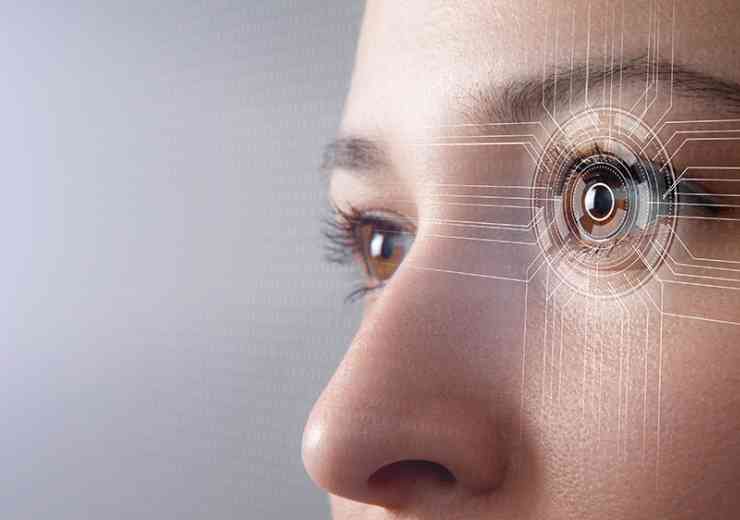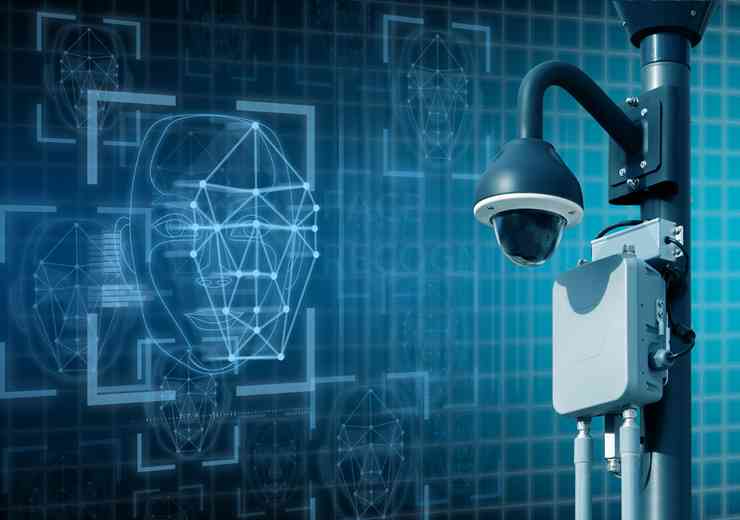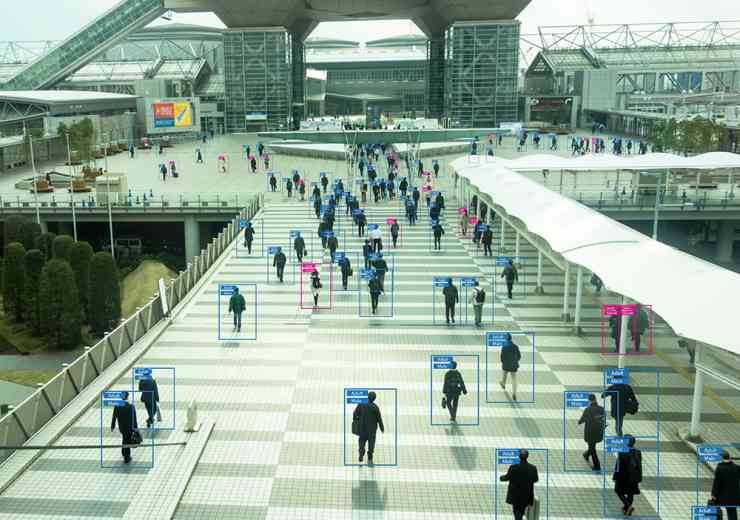In the picture on Video Content Analysis
Faced with the on-going challenge of global terrorism as evidenced by the 7/7 attacks in London, the Madrid train bombings and the tragic events earlier this year in Mumbai, India, it is not surprising that governments, law enforcement agencies, and those responsible for key areas such as the transport infrastructure, are adopting ever more sophisticated surveillance techniques to help to detect suspicious activity at the earliest possible stage. One area in particular which is receiving more and more attention is CCTV-based Video Content Analysis (VCA).
Defining Video Content Analysis
Looking in more detail at VCA – also referred to as Intelligent Video Analytics (IVA) - this is the name commonly given to the automatic analysis of CCTV images to create meaningful information about the content. In theory any 'behaviour' that can be seen and accurately defined on a video image can be automatically identified and an appropriate alert raised.
Potential Applications
Focusing on some specific applications for VCA, one capability of particular interest, for vulnerable area, is the potential to set-up a detection tripwire solution. This enables the creation of virtual tripwires along existing fence lines or in areas where physical security is impossible or impractical, such as railway tracks and airport perimeters, whose extensive nature can prove challenging for more conventional approaches. In this case, alarms associated with the detection tripwire can be enabled in either (or both) directions across the software generated threshold. This ability to identify intruders rapidly, in real time, can potentially mean the difference between reactive and proactive steps being taken so minimising the risk of damage to infrastructure and the threat to members of the public.
A further VCA option being increasingly taken-up, is object left/object removed. For object left this can prove especially useful in situations where a bag, or other item, has been left unattended, such as a railway station or airport, helping to alert CCTV control room operators so further action can be taken to ascertain whether there is an innocent explanation - perhaps a passenger is in a shop nearby - or, crucially, it is indeed a suspicious package which may necessitate immediate evacuation of the adjacent area.
Guidance on Video Content Analysis
For some time now, when it comes to VCA the BSIA has recognised that there has been a pressing need to provide clear and effective guidance for end users who are looking to utilise this key technological development in CCTV to combat criminal and terrorist activity, as well as offering specifiers general advice to assess suppliers and their products.
There is little doubt that the number of producers entering this new and dynamic field, the range of products, and the installation implications, can present an extremely confusing picture for potential buyers. With this in mind, the CCTV Section's Technical Committee (TC/10) has been working intensively for 18 months to develop an appropriate industry guide to VCA.
Key areas addressed within the BSIA's new VCA document include: the main elements of a VCA system and a description of the two main types of VCA platforms. The document distinguishes between Central or Core based packages that are typically rack mounted for use in CCTV control rooms, with the video sources analysed centrally, and Edge based solutions, where a smaller – occasionally ruggedised – unit is integrated within or placed close to the CCTV camera. The term ‘embedded’ is also defined as being when VCA software is designed into the CCTV camera, DVR (Digital Video Recorder) or other unit, either as part of a dedicated design or an add-on card.
In addition, the guide outlines how analysis actually works in practice; the importance of perspective setting – the camera view; the key technology challenges - specifically the Detection Probability and False Alert Rate; the impact and benefits of VCA; what VCA can do; when VCA should be considered; the selection process for systems and cameras and, crucially, presents some detailed questions to pose to providers.
Informed Decisions
The publication of the VCA industry guide should help to demystify VCA and assist end users to make informed decisions when they are considering the introduction of VCA technology for the purposes of security, safety, people management or event counting. Moving forward, the message has to be that, when applied correctly, CCTV-based VCA can make a positive contribution in areas which face a heightened threat from crime and, crucially, terrorist activity.
To download the guide, visit www.bsia.co.uk/publications
















